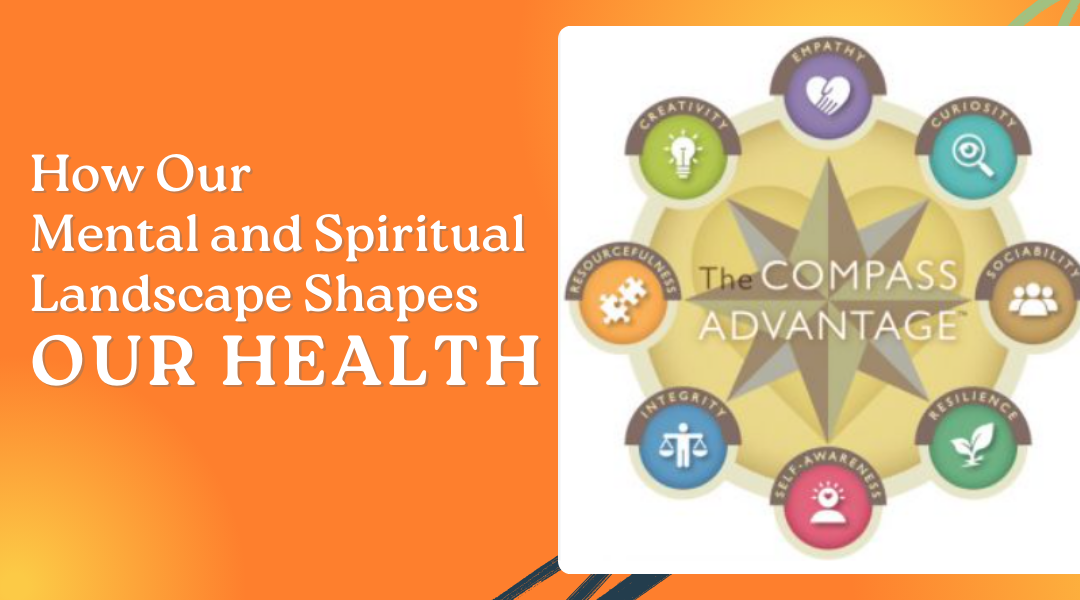For too long, we’ve treated the mind and body as separate entities, with medicine addressing one and personal philosophy the other. But a growing understanding suggests this is a false divide. Our thoughts, beliefs, and sense of purpose aren’t just ephemeral feelings; they translate into real, measurable biological signals that can either bolster our defenses or leave us vulnerable. Nurturing a resilient and positive inner world isn’t about magical thinking—it’s about creating the optimal physiological conditions for the body to do what it does best: heal and maintain balance.
Beyond Biochemistry: The Physiology of Hope
It’s easy to dismiss concepts like “positive thinking” as soft science, but their impact is surprisingly concrete. When we are consumed by chronic fear, anxiety, or a sense of helplessness, the body remains in a low-grade “fight or flight” state. This floods the system with stress hormones like cortisol, which, over time, can suppress immune function and promote inflammation. Conversely, cultivating a sense of calm and optimism through practices like meditation or deep breathing does the opposite: it signals the nervous system that the coast is clear. This allows the immune system to operate at its full potential, diligently patrolling for and addressing abnormalities. It’s not that a positive thought kills a cancer cell; it’s that a peaceful mind creates an internal environment where healthy cells are supported and abnormal cells are less likely to thrive.
The Practice of Presence: Anchoring Ourselves in the Now
Much of our suffering comes from being mentally trapped in the past, with its regrets, or the future, with its fears. Spiritual and mindfulness practices, in their many forms, are fundamentally exercises in coming home to the present moment.
Whether it’s through the focused repetition of a prayer, the silent observance of breath in meditation, or the simple act of mindfully drinking a cup of tea, these practices act as an anchor. They train the brain to interrupt the cycle of catastrophic thinking. This isn’t about avoiding reality, but about meeting it from a place of centeredness rather than panic. The resulting mental clarity and emotional stability are powerful resources, reducing the toxic burden of stress and allowing the body’s energy to be directed toward repair and maintenance.
The Power of a Lived Narrative: Stories of Resilience
There’s a profound difference between being a passive patient and an active participant in your own health journey. Many individuals who have faced significant health challenges point to a pivotal moment when they shifted their internal narrative. This isn’t about denying the diagnosis, but about refusing to be defined by it.
Instead of saying, “I am sick,” they begin to say, “I am a person navigating an illness, and I am strong.” This subtle shift in identity—from victim to survivor-in-training—can unlock incredible reserves of determination. These stories of resilience are more than just inspirational; they are living proof that our mindset can influence our choices, our adherence to treatment, and ultimately, our quality of life. It fuels the will to engage in healthy behaviors, to rest when needed, and to fight for wellness.
The Ultimate Fuel: Finding a Reason to Heal
Perhaps the most potent force in the human spirit is a sense of purpose. This is the deep, motivating “why” that gets us out of bed on the hardest days. Purpose can be vast, like a mission to contribute to society, or intimately personal, like the desire to see a grandchild grow up.
This sense of meaning is a powerful regulator of our entire system. It provides a buffer against stress and fosters a sense of connection that counteracts the loneliness that can accompany illness. When we have a compelling reason to heal, every healthy meal, every walk, every moment of rest becomes a meaningful act of devotion to that purpose. It transforms recovery from a chore into a mission.
The Synthesis: Weaving a Tapestry of Wellness
In the end, true health is a tapestry woven from many threads. The physical thread—nutrition, exercise, avoiding toxins—is vital. But it is interwoven with the threads of mental peace, emotional resilience, and spiritual purpose. To ignore these is to work with an incomplete loom.
By tending to our inner landscape with as much care as we tend to our physical bodies, we stop working against ourselves and start creating a powerful synergy. We build a foundation where the whole person—mind, body, and spirit—is aligned toward the common goal of vitality. This integrated approach doesn’t guarantee any specific outcome, but it does guarantee that we will meet whatever comes our way from a place of greater strength, peace, and participation in our own well-being.
